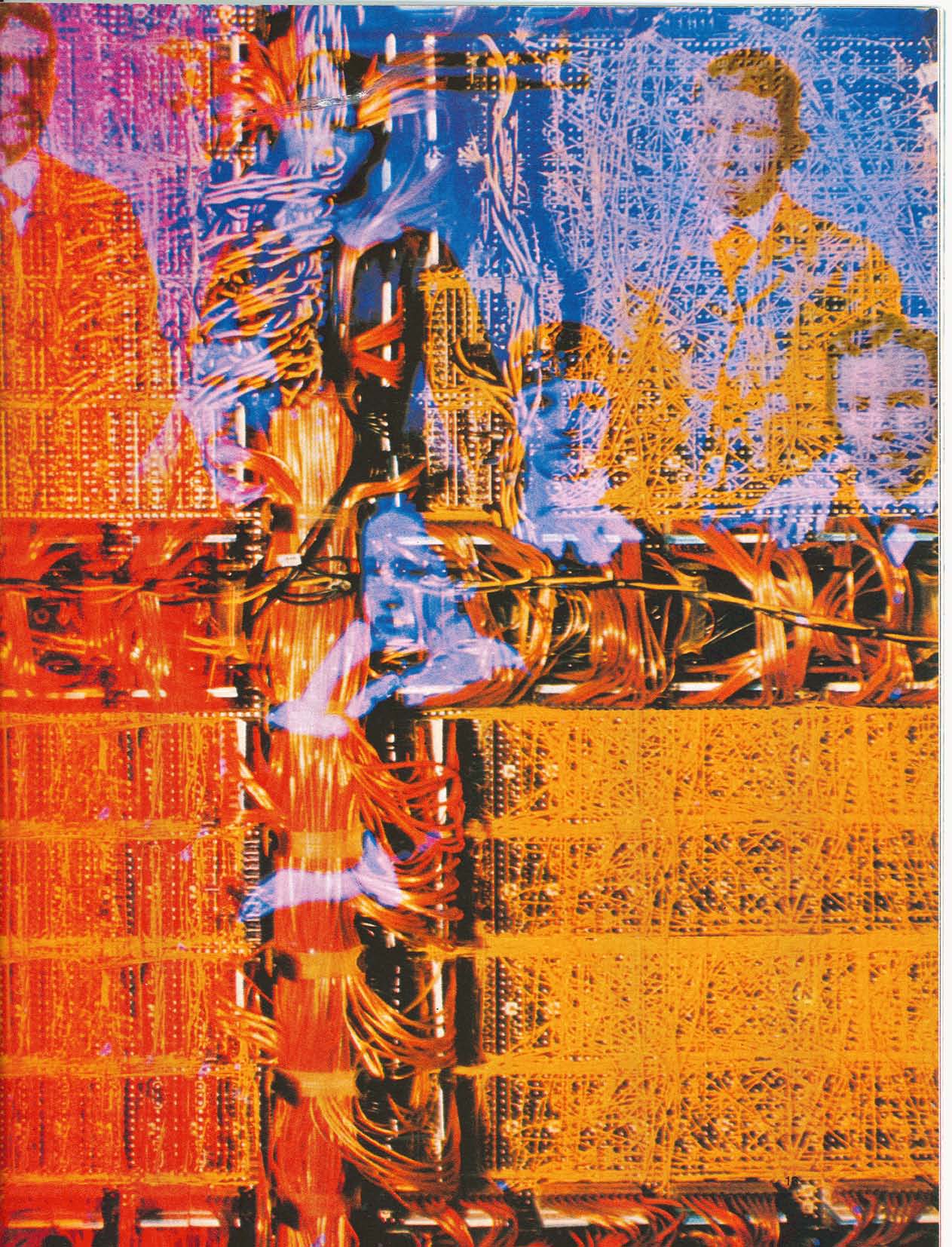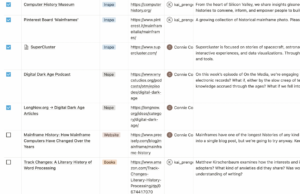
My thoughts on our semester-long project have been haunted by questions of sustainability after attending a skills lab hosted by CUNY’s Interactive Technology and Pedagogy (ITP) program a month ago on the subject as it relates to digital scholarship. Over the course of the workshop, Jesse Merandy, the first GC PhD candidate to complete a digital dissertation, elaborated on a central theme of what happens to digital projects in academia over time: they age, they falter, and, eventually, with changes in technologies and tools, they stop working. Beyond remarking on how a digital project will age and decade over time, Merandy also offered strategies to preserve the discovery generated by a digital academic project. In a nutshell, Jesse advocated for nth level documentation of research methods and thought processes (within the tolerances of sanity) that ideally takes place continuously throughout the project lifecycle.
While the tool selection decisions for our mainframe project attempted to counteract the speed at which digital work rots by way of statically generated content, markdown content, zero dollar hosting, and publicly available code repositories, we can’t escape the fact that eventually, our project will be hard to access as originally designed, if at all. To that end, Connie and I are focusing on how we can incorporate the process documentation to be present in or alongside our project website. Some of the subjects worth documenting and the rationale are found below
Reuse of our personal journal entry blogs
Reusing from our class commons site, to reflect what our week-to-week thoughts were about the progress, work methods, and moods about the project. We expect to do some reflection beyond our weekly journal entries will also be included, like topics for further discovery, or themes we weren’t able to address during the allotted time frame.
Narrating project challenges
Narrating the challenges we face during our time working on the project. One striking example is the difficulty in accessing physical archives for serendipitous findings. Another is encapsulating a doable topic within the time-allowing and supported by the archival material we were able to collect, both of which may not match any of the project proposal’s original themes or ideas.
Effect of time constraints
Detailing the scope and time titrations necessary to complete as coherent a project as possible. The original project imagined a staff of four to complete the resultant website. With two team members, multidisciplinary role assignments, and learning technology as well as subject matter compresses the origin “thick history” proposed before the project started. Of course, time constraints also help uncover new venues in which to explore, and conceive of novel studies. For instance, we’ve been a little surprised by how abstract and arty some of the advertisement creative turns out for what amounts to business equipment. We’re also exploring deformance and inspired collage as research methods into some of the themes we see in the cultural history of mainframe computers.
Identifying sources of inspiration
Identifying sources of inspiration for the project that aren’t constituent of the end product seems relevant for any future development. We can imagine a Zettelkasten style table for use in research down the line, as unused resources can emerge as relevant upon further research and analysis. We’ve been compiling research sources as well and inspirations from various forms of digital media .
Important side effect of documentation
One important side effect of documenting a digital humanities (DH) project from a bit of a remove: you are able to receive the cash value the enthusiasm on prototyping. That is to say, we can explicitly articulate weakness of the project output, without feeling like shortcomings are synonymous with project failure.



